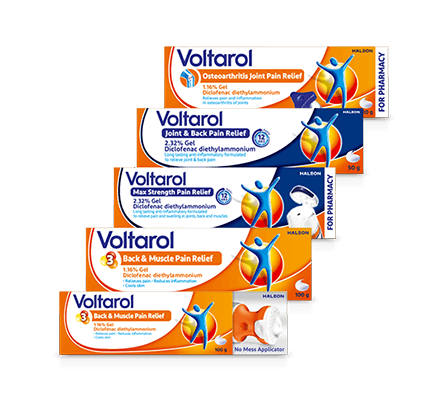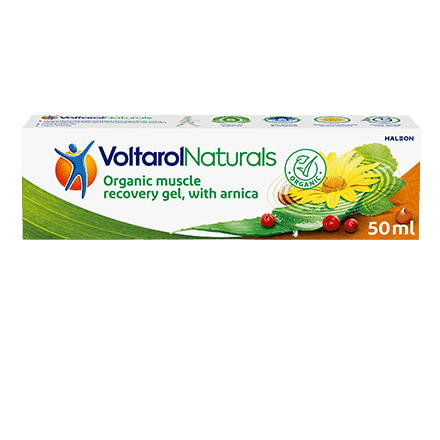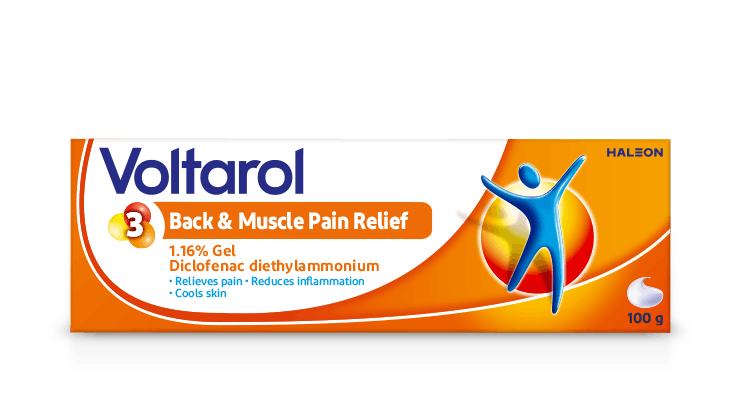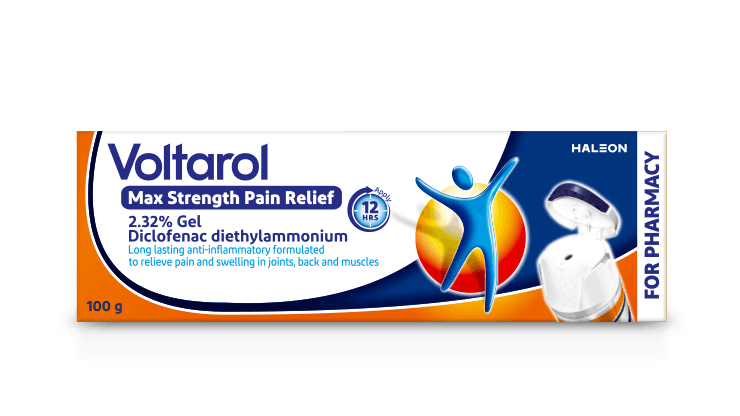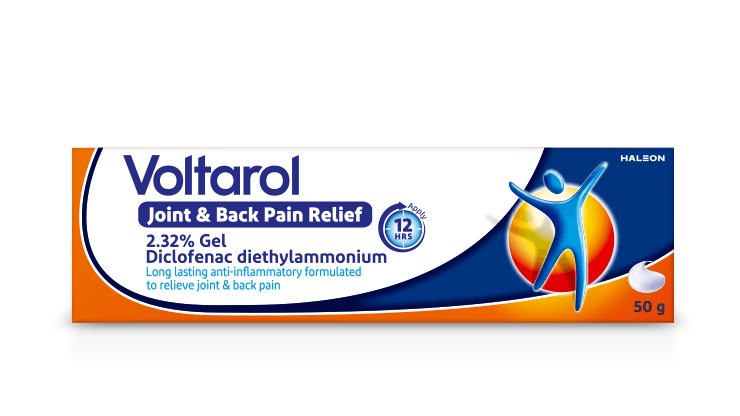
SHARE THIS ARTICLE:
Wrist pain treatments, as well as relief for hand pain and finger pain, are top priority when you meet the everyday reality of having to work, cook, drive, shop - even turn on the tv. Here we help you understand how to help get rid of pain in the wrist and find wrist, hand and finger pain treatments that work for you. That way you can get back to movement that actually feels good. Because there is little in life more joyful than movement after even just a few... moments of wincing in pain from the simplest of activities.
First, let’s touch upon the causes of wrist pain. Largely speaking, wrist pain can be caused by damage to any part of your wrist – including the joint, muscles, nerves or tendons that run through it – and can cause tingling, weakness, and pain. All of this can spell difficulty performing everyday tasks like gripping things in your hand or making a fist. Wrist pain is often caused by repetitive use injuries. Osteoarthritis in the wrists can also cause painful flare-ups.
Short term injuries can also cause finger pain and thumb pain, like a sprained wrist. Like wrist pain, finger pain and thumb pain can also be caused by medical conditions like arthritis. Tendonitis is also common in fingers, which can also result in trigger finger, where swollen tendons make it difficult to move the finger and can result in clicking. There's also nerve damage conditions like shoulder-hand syndrome that result in pain all down the arm but also in the hand and fingers.
Self-care and home remedies for wrist pain relief
Wrist pain doesn’t always require medical treatment. If you’re looking for how to get rid of wrist pain at home, you’ve come to the right place. Here are some at home wrist and hand pain treatments you may want to consider if you have pain, tingliness, or numbness in your hand or wrist.
Self-care and at-home wrist and hand pain treatments include:
Icing the area
Applying ice to your wrist or hand can help reduce inflammation and swelling to tissues aggravated by a recent injury. An ice pack – or even a... bag of frozen peas – will do. Never apply ice directly to your skin. Instead, wrap the pack (or frozen veg!) in a thin towel first, then apply it to your wrist.
Wearing a splint
Wearing a splint can provide support for your sore wrist or fingers as you go about your day-to-day activities. You may find that you only need to wear a splint at night. Speak with a physiotherapist to see if a splint might help you and for advice on how to pick out the most suitable one for you.
Wrapping your wrist
For a minor wrist injury, wrap your wrist and hand in an elastic bandage to keep it relatively supported and immobilised while it heals. Be sure not to wrap the bandage too tight. You don’t want to cut off circulation to your hand. If your fingertips feel cold, you’ve wrapped your bandage too tightly. Simply unwind it and rewrap.
Resting the painful area
For a fresh injury, rest your wrist joint or hand. We know it can be hard not to use them (you need your hands for everything, right?), but taking some time to heal can be advantageous. If it’s not a fresh injury, take plenty of rests when performing activities that cause you soreness or discomfort. This can help prevent swelling and pressure on your wrist. Be sure to rest in a way that doesn't put pressure on the painful wrist joint.
Performing wrist stretches and exercises
Flexibility and strength exercises for your wrist can help ease and prevent sore wrists. Try performing them after a hot shower or bath when your muscles are at their most flexible. Never stretch or exercise an actively inflamed wrist.
Maintaining ergonomic work habits
Repetitive movements are a part of our lives. There’s no way around it. But, you can take steps to minimise the negative impact of these movements by maintaining ergonomic work practices. The key is to make sure your wrists aren’t bent upwards or downwards when you’re working. Instead, they should be in a neutral position. Adjust your keyboard height accordingly.
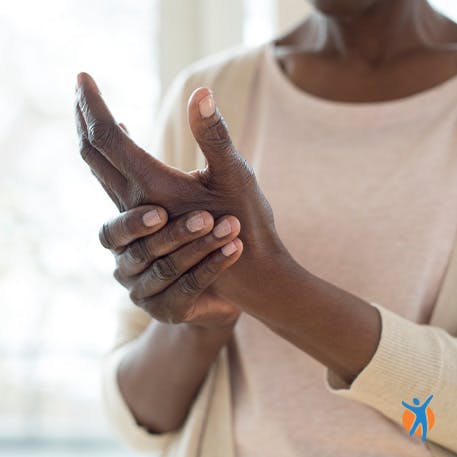
Sometimes pain in the wrist is severe enough that non-medicated remedies aren’t cutting it, and you need to seek over-the-counter medication.
You may choose to take an over-the-counter painkiller for your wrist pain in a tablet form. You can also choose from gels, sprays, patches and plasters, as the hand can be a tricky place to apply product to! Jump to Voltarol for wrist pain relief.
Some particularly severe wrist or hand pain may warrant medical attention. See a doctor immediately if you have the following severe wrist pain symptoms:
- Inability to move your wrist at all
- Warmth and redness in your wrist joint accompanied by fever of over 37.8 degrees Celsius
- Misshapen or abnormal looking hand or fingers
At your visit, your doctor may order x-rays, CT scans, MRI, or ultrasound tests in order to reach a diagnosis and put together a wrist and hand pain treatment plan.
Surgery may be necessary in the following cases:
- Bone fractures
- Carpal tunnel syndrome
- Tendon or ligament repair
Voltarol products for finger, hand and wrist pain relief
Voltarol gels contain diclofenac, a potent anti-inflammatory which is applied topically to the skin. They are effective in certain types of wrist or hand pain, such as when it's caused by soft tissue injuries like inflamed tendons, ligament strains, muscle sprains, or bruises. Voltarol Osteoarthrititis Joint Pain Relief Gel is also effective in treating the inflammation and pain caused by osteoarthritis of the fingers; as well as soft tissue rheumatism like tendonitis which can all affect the area around the hands and wrists.
Voltarol gels get to the source of your pain with a triple action of relieving pain, fighting inflammation, and speeding natural healing.
Voltarol products that can be used for wrist pain treatment include:
To open, simply pull up the white part of the applicator and squeeze the gel through onto the pad to apply.
- Open your tube of Voltarol Gel.
- Squeeze out between a one penny to two pence coin amount of Voltarol gel, depending on the size of the affected area.
- Gently rub into the wrist.
- Allow the gel to dry before washing your hands. Be careful not to get the gel in your eyes. If this happens, rinse your eyes with clean water and tell your doctor.
- Start to regain your joy of movement.
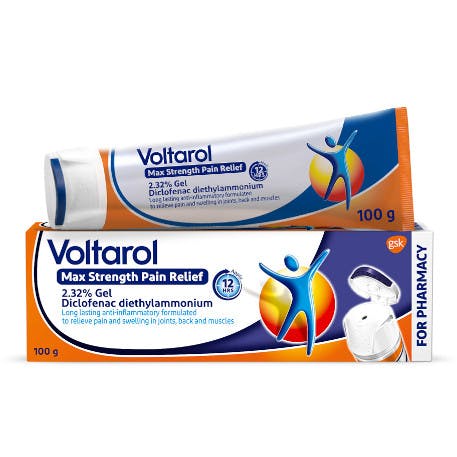
Voltarol dosage to relieve wrist or hand pain
Always follow the Voltarol dosage instructions listed on the package of your Voltarol gel. A little bit goes a long way. Apply between a one penny to two pence coin amount of Voltarol gel, depending on the size of your affected area.
How long does Voltarol take to relieve wrist or hand pain

Voltarol gel helps to restore movement sooner*; cutting neck pain in half after 24 hours.** These studies were done in neck pain sufferers rather than wrist pain sufferers so results may vary. It works to reduce pain on movement felt in neck pain more than 2x faster than non-medicated gel – so you can regain your joy of movement, faster! Whichever route you choose, we hope you're soon back to sewing, typing, cooking, or holding hands with a loved one.
*versus non-medicated gel in neck pain or ankle sprain
**Pain at rest in acute neck pain
Explore Voltarol products for pain relief

SHARE THIS ARTICLE:
Health, wellness & your pain
Pain is rarely just physical nor is it always solved by taking medicine alone. Voltarol is your ally in helping you take more control of your pain journey, from the way to sleep, to what you eat, mental wellbeing and complementary pain relief therapies.



